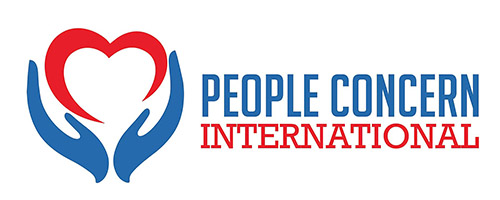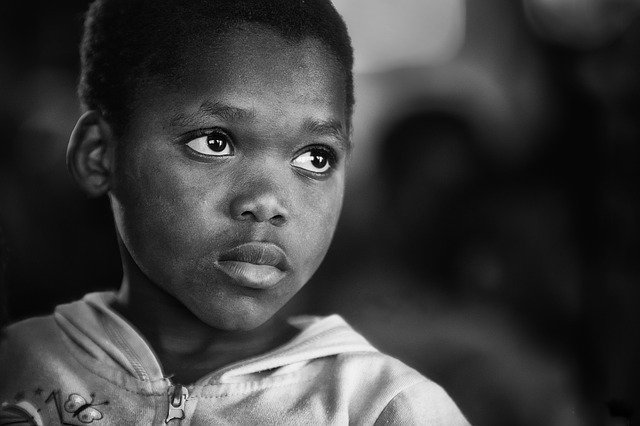Malaria is one of the most important challenges to public health with about 300 to 500 million cases reported annually. More than 1 million people die from the disease, most of them children under age 5 years. Over 90.0% of the cases and 75% of the deaths occur in sub-Saharan Africa (SSA). These childhood deaths, resulting mainly from cerebral malaria and anaemia, constitute somewhere between 20% and 25% of child mortality in Africa
African countries south of the Sahara bear the heaviest burden of malaria. These countries are among the poorest in the world and widespread poverty on the continent continues to play a role in the burden of the disease. Malaria cases and deaths have risen steadily in sub-Saharan Africa since the late 1970s, especially in Nigeria. The emergence of resistance to insecticides and chloroquine, the cheap anti-malarial treatment widely used for clinical management of uncomplicated malaria, has been held as a major factor in this trend, aided by a general weakening of health systems. This effect was exacerbated by economic stagnation and decline, which has implications for growth and welfare. For instance, malaria is responsible for about a 1.3 per cent reduction in the average annual rate of economic growth for those countries with the highest burden. In Nigeria, malaria is the major cause of morbidity and mortality, especially among children below age five [3]. Malaria is a social and economic problem, which consumes about US$3.5 million in government funding and US$2.3 million from other stakeholders in the form of various control attempts in 2003
Given the above scenarios, the drive of the government to achieve the targets of the National Economic Empowerment and Development Strategy (NEEDS), Seven-Point Agenda and the MDGs is currently threatened by the seemingly intractable trend of the ancient scourge which has compounded national and household poverty through intensive loss of productive time to attack and death in extreme cases. This is compounded by the development of resistance to the traditional first-line drug (chloroquine), while the newly introduced therapy (ACT) would be largely beyond the reach of many due to poverty, if it was not heavily sponsored by international organizations. Given that malaria is endemic throughout Nigeria, and that over 50.0% of the country’s population are living below poverty line, malaria incidence may increase significantly in Nigeria because many may not be able to afford the newly introduced drugs due to poverty.
There are quite a good number of attempts to analyse the economic effects of malaria in the literature . Most of the studies are limited to determining the mathematical significance of malaria. However, a comprehensive analysis of malaria and poverty remains scarce. The links between malaria and poverty are multiple and complex. Therefore a better understanding of the direction and magnitude of the causal relationship is needed, along with better understanding of the nature of poverty that is related to malaria. For example, understanding whether the relationship between malaria and poverty is related to household factors, community, or larger regional factors would help to identify whether further investigation and action is needed at one or more of these levels. Poverty sustains the conditions where malaria thrives, and malaria impedes economic growth and keeps communities in poverty. With a potential dual relationship between poverty and malaria, where poor households experience high malaria prevalence that in turn maintains them in poverty, these households are trapped in reinforcing cycles .
There are many pathways through which the relationship between malaria and poverty operates. At the household level, poor housing can expose people to contact with infective mosquitoes. Simple preventive measures such as insecticide-treated bed nets are unaffordable to the poorest if they must pay for them. Lack of resources prevents people from seeking timely health care. Often, peak malaria transmission coincides with harvesting time, which is a factor that affects risks at the village level. A few days of work lost to illness can mean food insecurity for the entire family.





